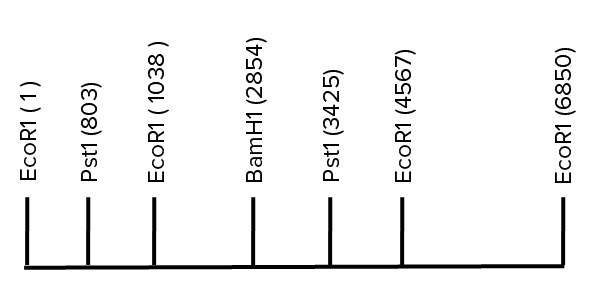Which of the following best states the hypothesis tested by Abrams and Townsend while investigating the natural selection of copepods that avoid predation of bioluminescent dinoflagellates?
A. Copepods that avoid bioluminescent dinoflagellates have a smaller chance of being eaten by predators than do copepods that remain near and feed on the bioluminescent dinoflagellates.
B. None of the answer choices is correct.
C. The light emitted by bioluminescent dinoflagellates is of sufficient wavelength and energy to be dangerous to feeding copepods.
D. The bioluminescent dinoflagellates produce enough light that they can also photosynthesize at night, harming the copepods.
E. Bioluminescent flagellates benefit from selection of flashing, because it startles the copepods.
A. Copepods that avoid bioluminescent dinoflagellates have a smaller chance of being eaten by predators than do copepods that remain near and feed on the bioluminescent dinoflagellates.
You might also like to view...
How does the human male body respond to a decrease in testosterone in the bloodstream?
a. The hypothalamus releases testosterone. b. The hypothalamus releases GnRH. c. The Sertoli cells release testosterone. d. The Leydig cells release FSH. e. The Leydig cells release inhibin.
A fibrocartilage callus is formed in the process of bone repair.
a. true b. false
Positron emission tomography (PET) utilizes ____ to yield results of a scan
a. x-rays b. tracers c. glucose d. ion e. photons
A 6.85 kb EcoRI fragment of DNA is shown below. The location of several restriction sites is indicated. Scale is approximate. If you were to completely digest this fragment of DNA with PstI, how many pieces of DNA would you obtain?
If you were to completely digest this fragment of DNA with PstI, how many pieces of DNA would you obtain?
A. 1 B. 2 C. 3 D. 4